Amazon is getting serious about its TV hardware. The company has long offered excellent streaming sticks for its ecosystem of users on a budget, but last year it unveiled its new Omni series, targeting users who want a complete TV experience, with access to Alexa and all their favorite Amazon services. This year, the company took that concept a step further with the new Fire TV Omni QLED, which brings quantum dot technology to a relatively inexpensive TV.
At a low price and with reasonably high-tech features, at least on paper, the Fire TV Omni QLED could be a home run. But it also faces stiff competition in this price range, with some of the year's best TVs, such as Hisense and TCL; will the Amazon Fire TV Omni QLED be good enough to compete? We've been testing it to find out.
Unfortunately, the Amazon Fire TV Omni QLED comes in only two sizes, 65" and 75". Amazon has yet to announce the smaller size, but we expect it to be announced in the near future; prices for the two TVs can be found below, but keep in mind that they are routinely discounted and may even be discounted during the upcoming Black Friday and Cyber Monday shopping events!
These are the most popular TV prices.
These are relatively competitive prices, especially for a TV of this size. However, they will be competing with the Hisense U7H and TCL 5 series.
The design of the Amazon Fire TV Omni QLED is not noteworthy, but it is not ugly either. The TV has a fairly small gray bezel around the display and a larger bezel at the bottom that houses the various sensors.
The TV's legs are attached by two screws and are relatively far apart, leaving enough room for a large soundbar like the Sonos Arc. This means that even a large soundbar like the Sonos Arc should have plenty of space.
Most of the TV's construction is plastic, but it doesn't necessarily feel cheap and looks fine from the front.
Thankfully, the port selection on the Fire TV Omni QLED is pretty solid. As one would expect from a TV in this price range these days, there are four HDMI ports, all of which support HDMI 2.1. Since these are all HDMI 2.1, gamers can take advantage of features such as automatic low-latency mode and variable refresh rates, but the panel only supports a 60Hz refresh rate, so gamers would be best off looking elsewhere anyway.
Aside from the four HDMI ports, this TV has an Ethernet port and a USB 2.0 port. Unfortunately, the Ethernet port is a 10/100 connection, not the gigabit Ethernet port that is becoming more common.
This is a great choice and adequate for most people, but competing products offer more ports.
The Fire TV Omni QLED offers 80 zones of full-array local dimming on the 65-inch model we are reviewing. It also utilizes quantum dots to deliver a more vibrant image. It also supports all expected HDR formats: HDR10, HLG, HDR10+ adaptive, and Dolby Vision IQ.
In everyday use, we found the Amazon Fire TV Omni QLED to perform quite well. Images were detailed and crisp, and colors were bright and vibrant. However, we have previously reviewed the Hisense U7H and U8H and found the overall picture quality and backlight control to be a bit lacking. If you are looking for the best picture quality TV in this price range, the Hisense option is worth considering.
The Fire TV Omni QLED offered a generally brighter picture in both SDR and HDR, beating out many of its more expensive OLED competitors and some of its LED competitors in the same price range, such as the Vizio M-Series Quantum. Nevertheless, the Hisense U7H outperformed the Amazon TV in all brightness tests, including SDR and HDR viewing.
For example, the Fire TV Omni QLED achieved 425.9 nits of brightness at 100% of the display in HDR Filmmaker mode, compared to 322.8 nits for the Vizio M-Series Quantum and only 165.5 nits for the LG C2. At 617.3 nits, the Hisense U7H outperforms them all at a similar price.
The Fire TV Omni QLED has some advantages. In many tests, it was able to cover more color gamut than the U7H. Personally, I think the much better brightness and backlight control are more important than a slightly wider color gamut.
None of this is to say that the Fire TV Omni QLED looks bad. On the contrary, it looks quite good. Just not enough to beat the best options in this price range. Not everyone will consider picture quality the most important factor in purchasing a TV, and if you are more concerned about the operating system or smart features, you will still be buying a good-looking TV.
If you want a superior audio experience, you won't get that from the Fire TV Omni QLED. The TV actually had a bit better bass response than I was expecting, but as is often the case with TV speakers, the bass response was still not as deep and the treble detail was not as good.
If you can afford it, I would recommend getting a soundbar or pair of speakers to use with the Amazon Fire TV Omni QLED. For example, the Sonos Beam is a great combination for this TV. If you really need bass, you can also pair a Sonos Sub Mini.
As expected, the Amazon Fire TV Omni QLED has Amazon's Fire OS built in. This means that Prime content is front and center, and Alexa can be used to control the TV itself, control smart home devices, and search for information from the web. Even when the TV is turned off, it can be used essentially like an Amazon Echo, so there is no need to buy an Echo for the same room unless you want to use it for another purpose.
The Fire TV Omni QLED has a number of sensors that allow for more advanced features. Amazon has created a new ambient experience for the TV. It displays wallpaper and information widgets that can be displayed when you are not actively looking at something. There is a radar-based presence sensor that can detect when no one is in the room, turn off the display completely, and turn the ambient display back on when someone enters the room again. This is an interesting feature, and Amazon is trying to prevent the TV from becoming a big black box in the living room when not in use. Most people find it difficult to get used to having the TV on all the time, but the widget is helpful. For example, it can display weather information or tell Alexa to leave a sticky note for others in the house.
Fire OS in general works fine, and I don't mind the general interface. A row of content appears below the row of apps and is generally easy to navigate; Prime content takes precedence, but other content is not completely left behind. The TV was a little slow when I first started using it, but after that it didn't bother me as much.
The remote control that comes with the Fire TV Omni QLED is easy to operate, but unfortunately not as advanced as Amazon's new Voice Remote Pro. It basically offers software controls and quick access buttons to some of the more popular streaming services.
It also supports voice control, so you can ask Alexa to control different aspects of the software or change the volume.
I wish Amazon would include its high-end remote control in its high-end products. I understand why it wouldn't be included with cheaper streaming devices, but it should be included with Amazon's TVs; the Voice Remote Pro features Bluetooth tracking, a backlight button, and a dedicated headphone button.
The Amazon Fire TV Omni QLED is a solid TV. The picture quality is generally good, and there are a few unique features like an ambient mode. If picture quality is your top priority, you should consider the Hisense U7H or replace it with the even better U8H. You can also combine a Hisense TV with an Amazon Fire TV Cube. But if you want a native Fire OS experience on a solid-looking TV, the Amazon Fire TV Omni QLED is the way to go.
.
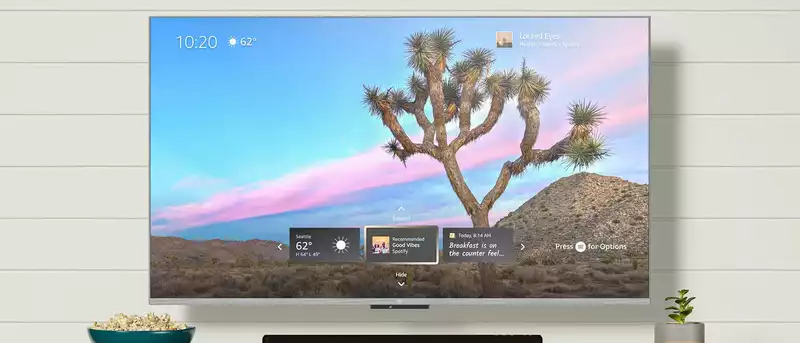


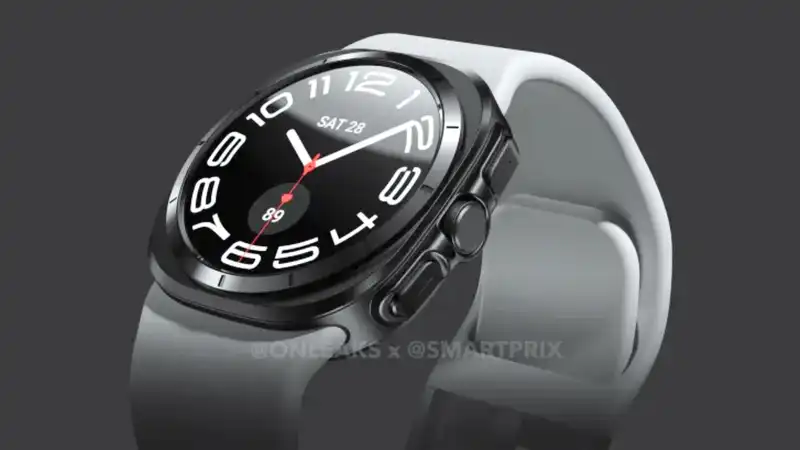
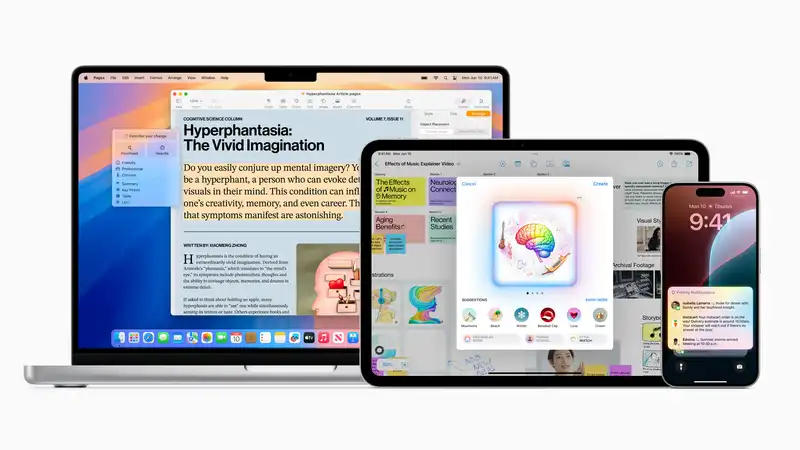

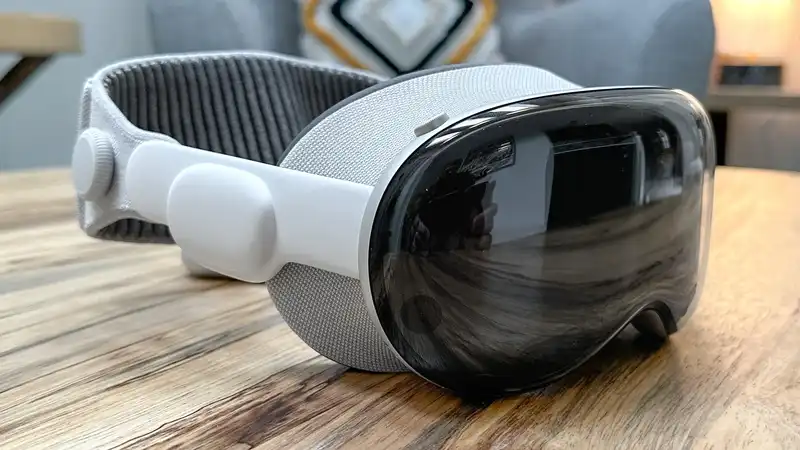
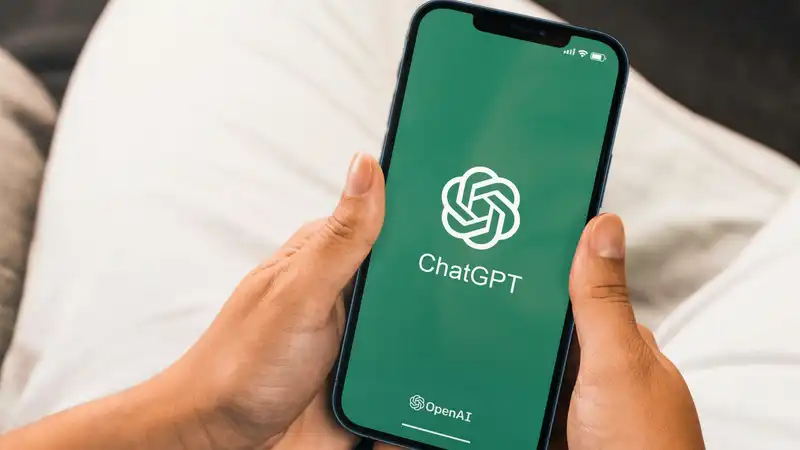
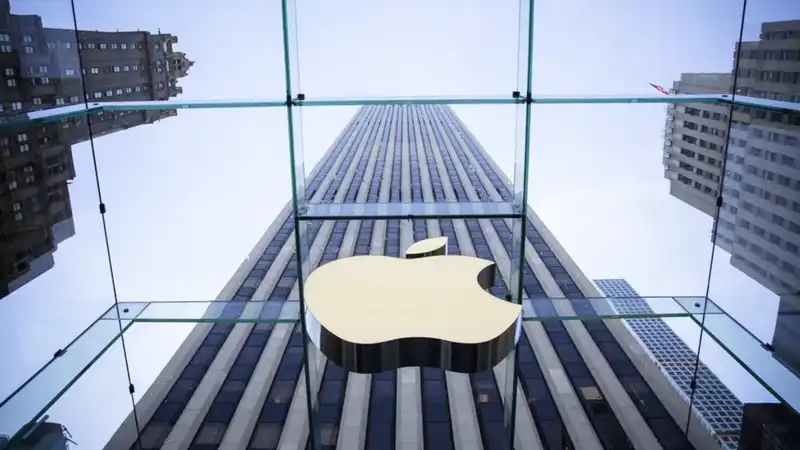
Comments